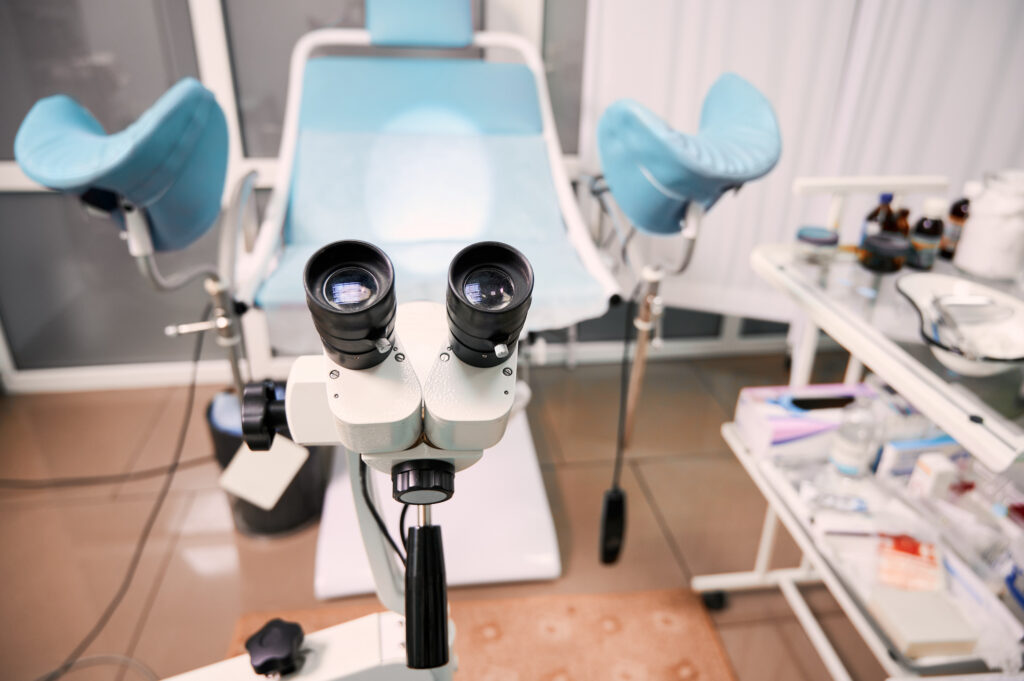Hormone replacement therapy (HRT) is a treatment option for women who are experiencing symptoms of menopause. Menopause is a natural process in which the body’s production of estrogen and progesterone declines. This can lead to symptoms such as hot flashes, mood swings, and vaginal dryness. Here are six HRT options for women:
- Estrogen therapy: Estrogen therapy is the most common form of HRT. It can be taken in a variety of forms, including pills, patches, creams, and vaginal rings. Estrogen therapy can help to relieve symptoms such as hot flashes and vaginal dryness.
- Progesterone therapy: Progesterone is often prescribed along with estrogen therapy. It can help to protect the uterus from the potentially harmful effects of estrogen therapy.
- Combination therapy: Combination therapy involves taking both estrogen and progesterone. This can be an effective treatment option for women who still have their uterus.
- Bioidentical hormone therapy: Bioidentical hormones are compounds that are chemically identical to the hormones that the body produces. These hormones can be customized to meet the individual needs of each woman.
- Low-dose vaginal estrogen: Low-dose vaginal estrogen is a treatment option for women who are experiencing vaginal dryness and discomfort. It can be taken in the form of a cream, tablet, or ring.
- Transdermal estrogen therapy: Transdermal estrogen therapy involves applying estrogen patches to the skin. This can be an effective treatment option for women who are unable to take estrogen in pill form.
It is important to note that HRT may not be the right choice for everyone. It is important to speak with a healthcare provider to determine if HRT is a good option for you. Additionally, HRT can increase the risk of certain health conditions, such as breast cancer, stroke, and blood clots. It is important to discuss the potential risks and benefits of HRT with a healthcare provider before starting treatment.



